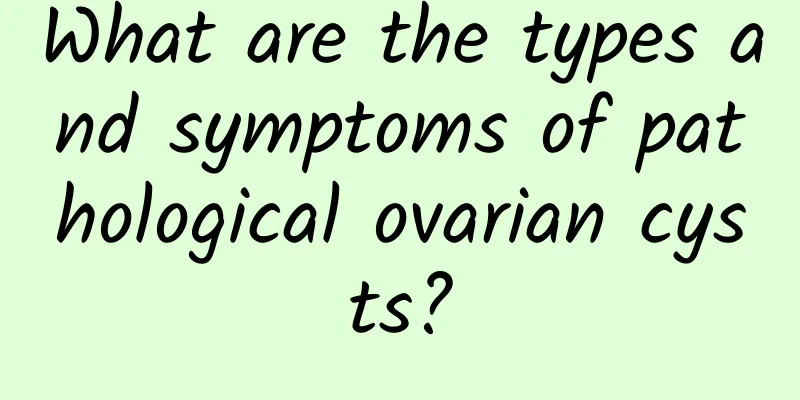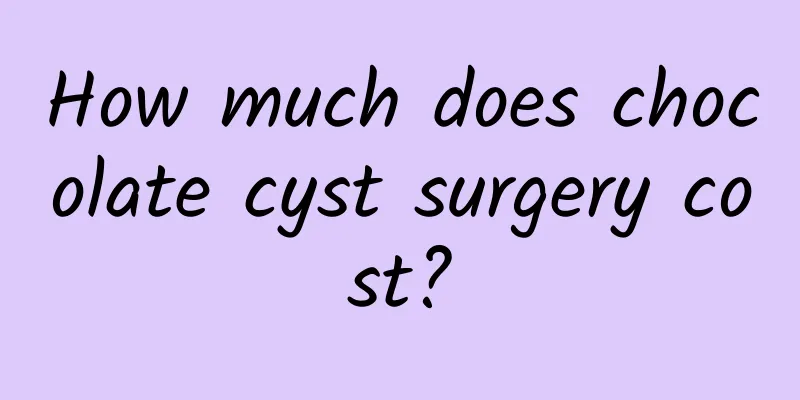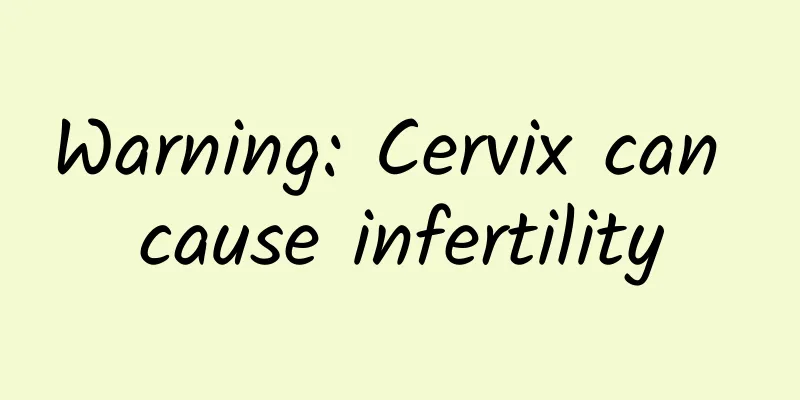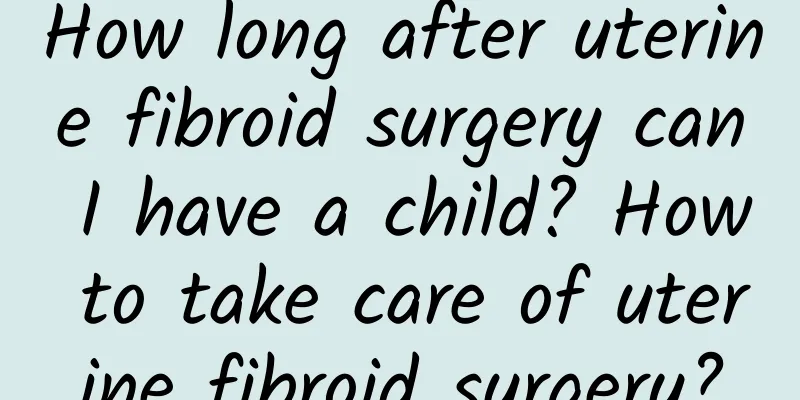What are the types and symptoms of pathological ovarian cysts?

|
What are the types of pathological ovarian cysts? What are the symptoms? Ovarian cysts may be the most common disease in women of childbearing age. Cysts can be physiological, that is, normal, which disappear naturally with the changes in the menstrual cycle, or pathological, which are formed due to disease. Physiological cysts do not require surgery, but pathological cysts often require surgery to make a clear diagnosis and take appropriate treatment. There are several main types of pathological ovarian cysts: 1. Serous epithelial cysts and mucinous epithelial cysts: Cysts that still exist after three months of observation are likely to be epithelial ovarian cysts rather than functional cysts. 2. Chocolate cyst endometrioma: It refers to endometriosis growing in the ovaries, forming a large amount of sticky coffee-colored chocolate-like liquid in the ovaries. 3. Ovarian teratoma: This is a very special cyst, which may be caused by a problem in cell differentiation during the embryonic period and takes a long time to manifest. It will generate hair, teeth and some oil accumulation in the ovary. Symptoms of pathological ovarian cysts: 1. Dysmenorrhea: Those who did not have dysmenorrhea before begin to have dysmenorrhea or the dysmenorrhea continues to worsen; 2. Menstrual disorders: The previously regular menstruation becomes completely irregular, often making you flustered; 3. Infertility: Ovarian cysts are a cause of infertility. This has no direct relationship with the size of the cyst, and the reason remains to be determined. |
<<: Can vulvar itching be eradicated?
>>: How to treat inflammation of the cervix and adnexitis
Recommend
Treatment of cervical erosion should be treated differently
Cervical erosion can be divided into many types a...
Yam not only lowers blood sugar and blood pressure, but also helps burn fat and lose weight! How to eat yam to get the best effect?
Yam is one of the essential ingredients in home c...
Typical symptoms of acute cervicitis
Cervicitis is a common disease among women. The m...
The most typical symptoms of adnexitis in life
I believe that most people don't know much ab...
One month after miscarriage, does menstruation mean that the uterus has recovered?
One month after miscarriage, does menstruation me...
Promote cancer-preventing fruits and vegetables! Tomatoes are great eaten raw with the skin on
In the hot summer, you should eat more red fruits...
What are the main symptoms of cervical hypertrophy?
Cervical hypertrophy is a type of cervicitis, a c...
The main causes of cervical hypertrophy are as follows
"What are the main causes of cervical hypert...
What harm does cervical precancerous lesions do to women?
The harmfulness of cervical precancerous lesions ...
Eating mangoes to cool down is a good way to keep fit. Nutritionists recommend 5 benefits + 2 light meals
In summer, you must eat sweet and sour mangoes to...
Combined with the examination of ectopic pregnancy, it helps the patient's condition
Ectopic pregnancy is a common obstetric emergency...
Patients with uterine fibroids need to pay attention to 3 aspects of care after surgery
Some patients with more serious uterine fibroids ...
In what situations is artificial abortion not appropriate?
In what cases is it not suitable to have an artif...
Tips for reducing swelling of Bartholin's gland cyst
Bartholin's gland cyst, the name sounds a bit...
What should I do if my period comes about ten days early? How can I treat it?
What should I do if my period comes about ten day...









